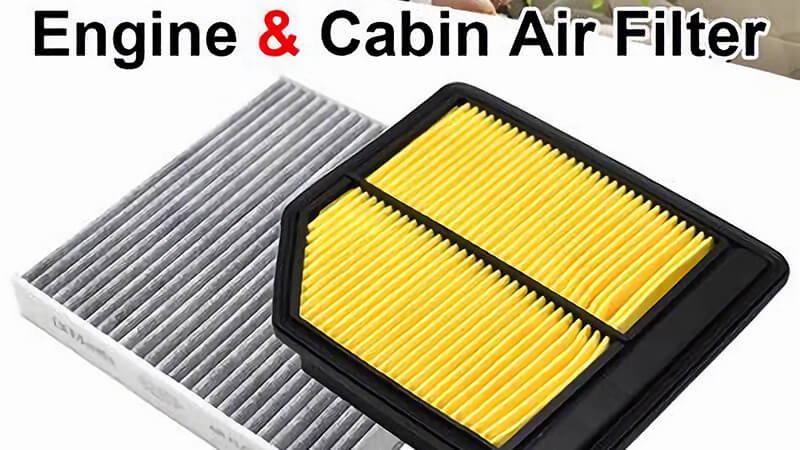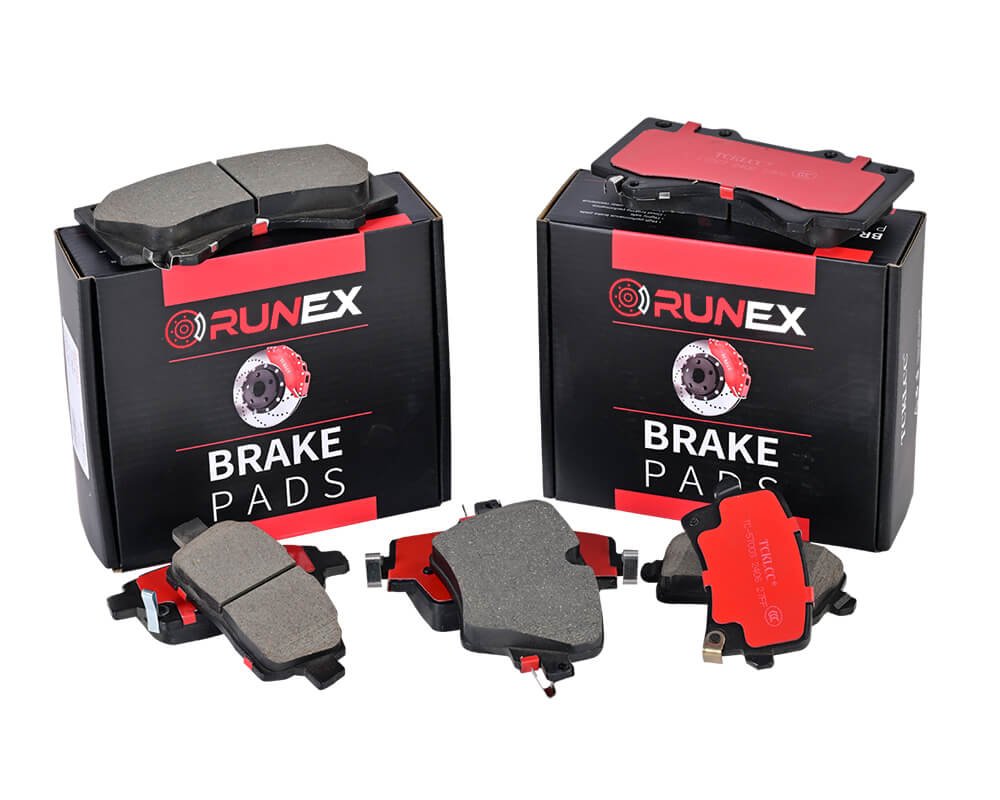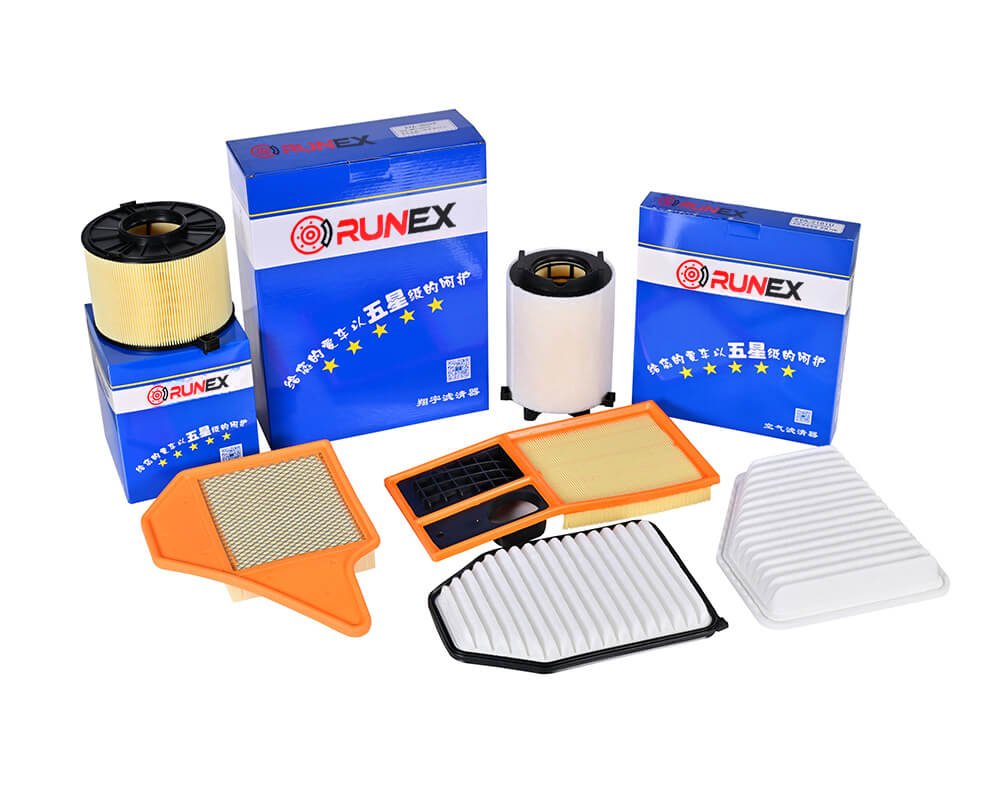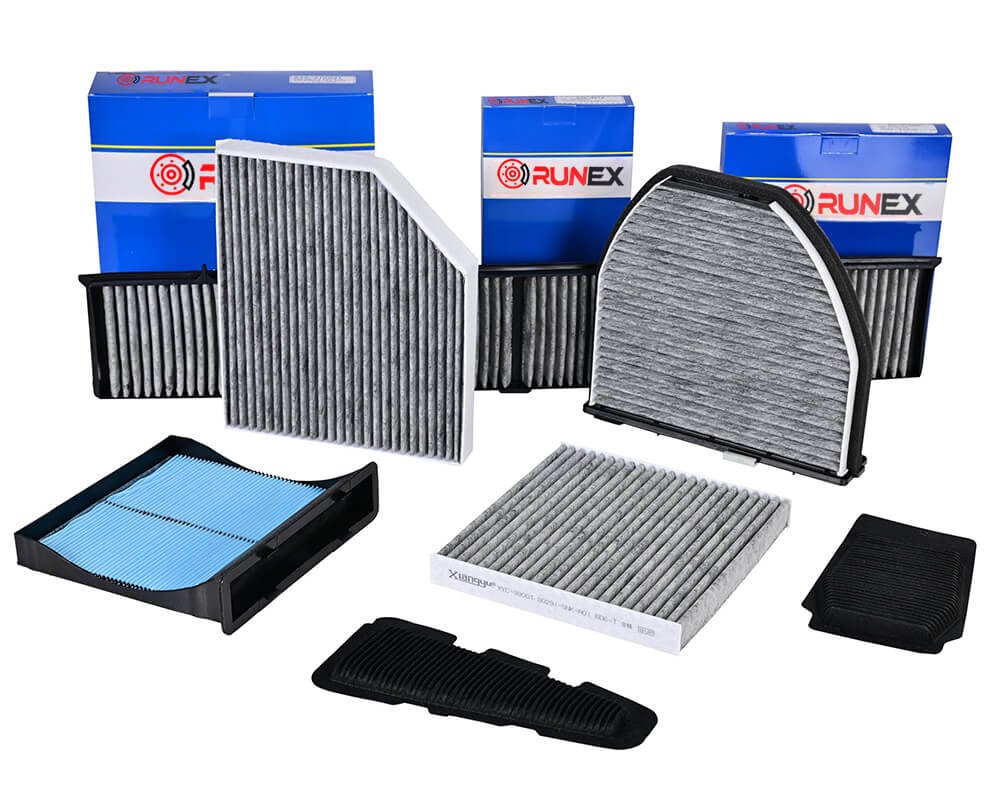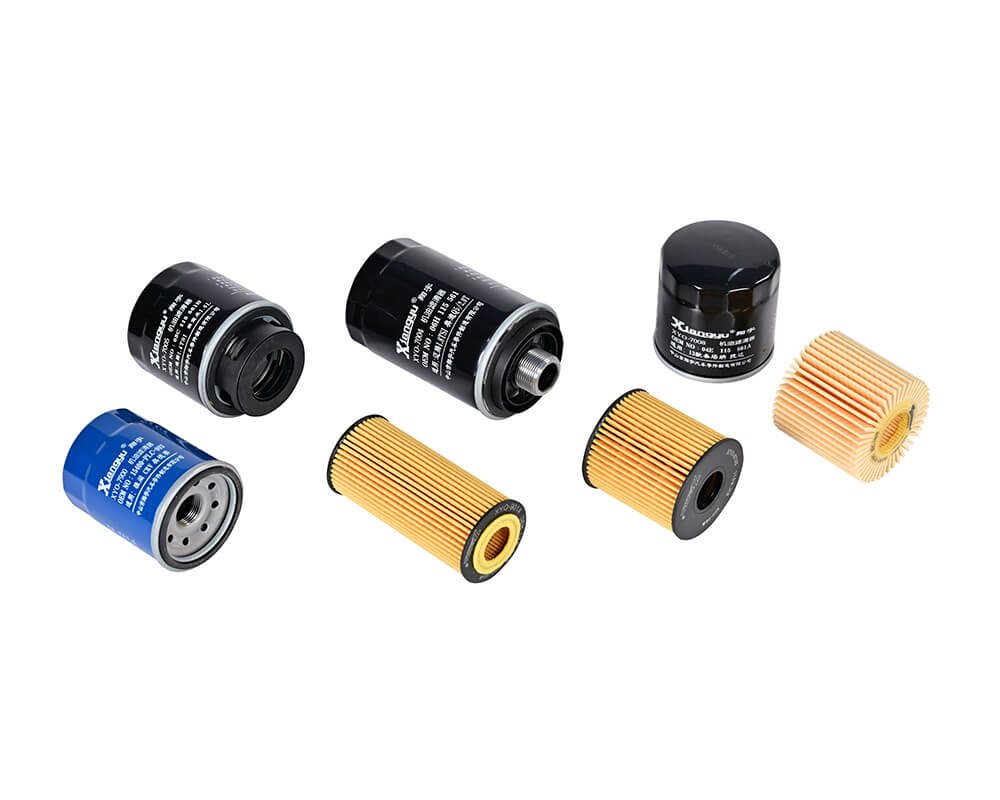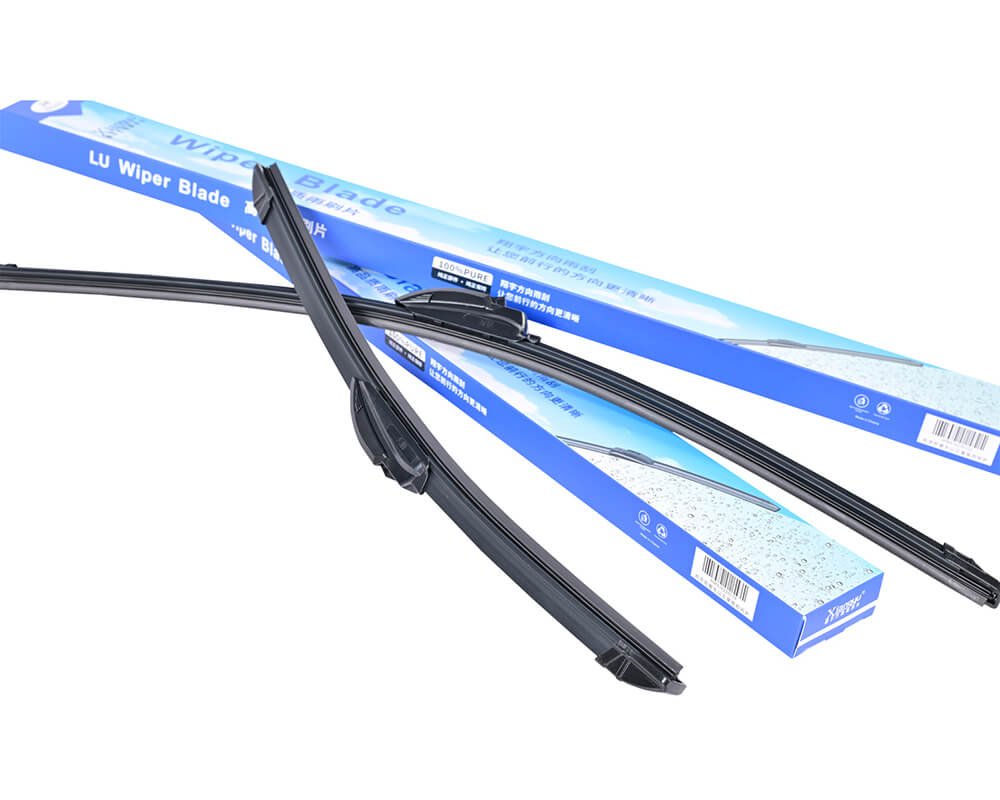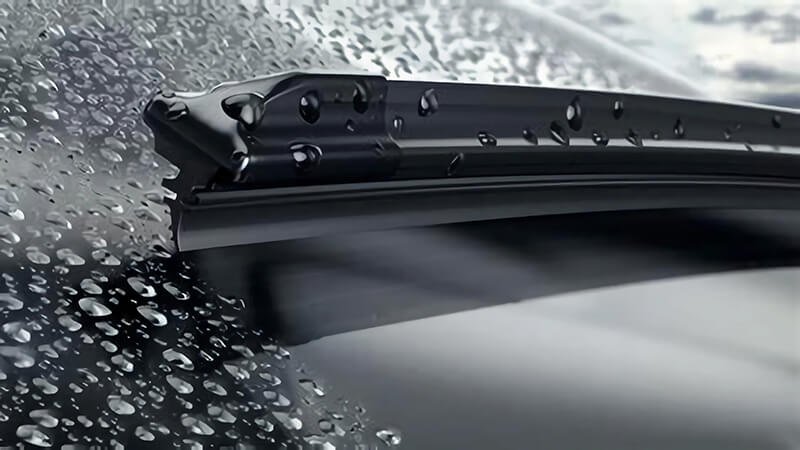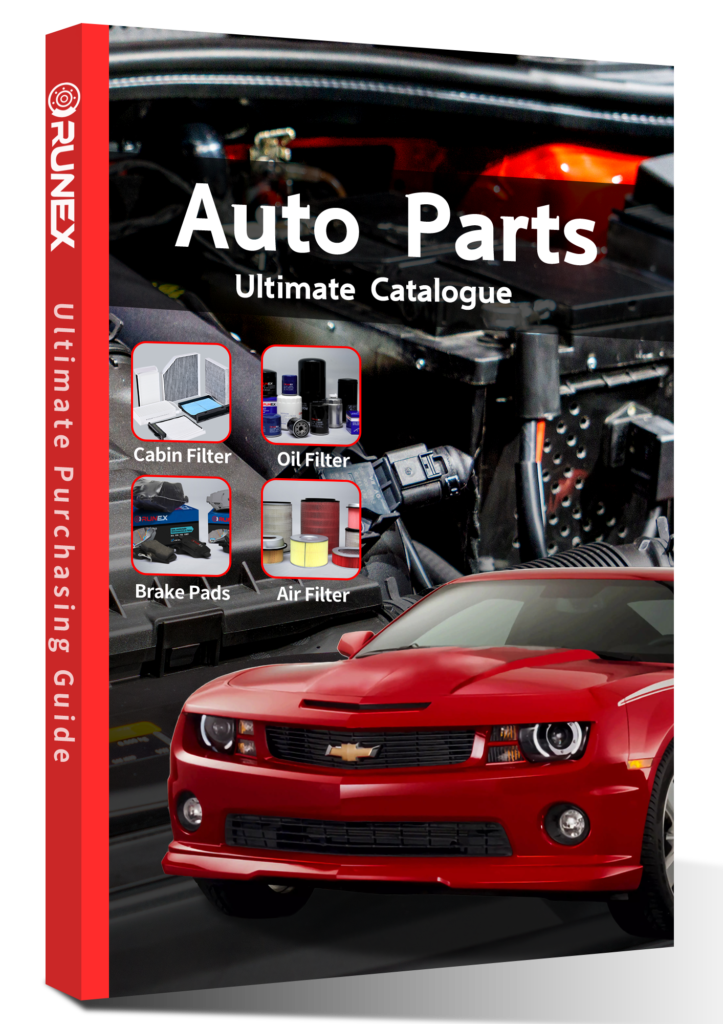Most drivers forget the cabin air filter because it hides behind the glovebox. Air seems fine, so no one checks it. Then odors grow, glass fogs fast, and fans strain. I see this a lot. The fix is simple. Replace it.
Cabin air filters stay out of sight, so people skip them. This hurts air quality, adds odor, strains the HVAC, and risks health. I choose Runex Auto cabin filters because they trap dust, pollen, PM2.5, and odors, while keeping airflow strong and noise low.
I will answer the four common questions I hear from buyers and fleet teams. I will share lab data and field notes. I will keep it simple. I will also show how I choose a Runex Auto cabin filter for clean air and steady airflow.

Why is the cabin air filter so dirty?
Roads carry dust, soot, pollen, and rubber. Vent intakes sit low and near traffic. Fans pull in everything. Filters work hard every minute. They load fast. So they look clean on the first layer, but the deep pleats hide a dark cake of grime.
A cabin filter gets dirty fast because air intakes pull in fine dust, pollen, soot, and moisture on every drive. Runex Auto filters use electrostatic media, deep pleats, and strong frames to trap more particles evenly, so they hold more dust and keep airflow stable longer.
What makes a filter load up fast
Air is a mix of particles. Roads add brake dust and tire wear. Cities add PM2.51 and soot. Trees add pollen. HVAC fans move a lot of air at low pressure. So the filter sees a constant flow. Moisture from rain and A/C condensate adds stickiness. That binds dust to fibers. This is normal. It does not mean the filter fails. It means it works.
How Runex Auto designs for high dust
I work with Runex Auto filters because the media is tuned for real roads. The melt‑blown layer holds an electrostatic charge. It draws in fine particles like PM2.5 and smoke. The support layer keeps fibers from matting. Deep pleats add surface area without big pressure drop. The pleat spacing uses a rigid bead to stop collapse. The frame uses moisture‑resistant resin. The gasket seals tight, so air does not bypass the media when the car hits bumps.
What I see in fleets
I saw a fleet manager fight musty odors and blower failures. We opened a few gloveboxes. The filters were black and damp. Some had collapsed pleats. We switched to Runex Auto carbon cabin filters2 with stronger frames. We set a 12‑month or 12,000‑mile cycle for cities, and 6 months for dusty routes. Odors went away in two weeks. Blower amps dropped. Complaints stopped. Parts cost stayed flat. HVAC repairs dropped.
How to read dirt and life
A filter can look dirty and still work. What matters is pressure drop3 and odor. If the fan speed rises and airflow falls, it is time. If glass fogs fast, it is time. If odors come back quick after A/C on, it is time. I check the filter at every oil change. I replace it on a set cycle. I use local dust levels to adjust.
Key build features and what they do
| Feature | Why it matters | Runex Auto spec |
|---|---|---|
| Deep pleat geometry | More area, lower pressure rise | Optimized pitch for steady flow |
| Electrostatic media | Captures PM2.5 without high drag | Charged melt‑blown layer |
| Carbon layer (option) | Adsorbs VOCs, NOx, odors | High‑iodine activated carbon |
| Rigid frame | Stops pleat collapse in humidity | Moisture‑resistant resin |
| Perimeter gasket | Blocks bypass leaks | EVA foam, uniform compression |
This is why cabin filters look filthy fast. The job is to load dirt. The right media and frame keep airflow good while they do it.
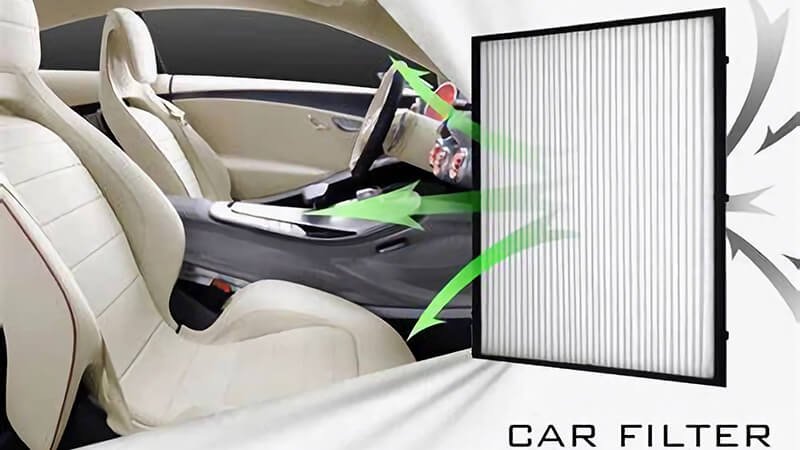
Are cabin air filters really necessary?
Yes. I keep it short. The cabin filter protects lungs, glass, and fans. It blocks dust and pollen. It cuts odors and fumes when you sit in traffic. It also shields the evaporator from dirt. That stops mold and keeps the A/C strong.
Cabin filters are necessary. They protect health, visibility, and HVAC parts. Runex Auto filters remove fine dust, pollen, and odors, and they reduce debris on the evaporator. This keeps air clean, glass clear, and fans efficient, so comfort and safety both improve.
Health and comfort come first
I spend long hours in cars. I meet buyers who commute in traffic. Air outside is not clean. A cabin filter4 lowers exposure to PM2.5, pollen, and soot. People breathe easier. People with allergies need this most. Kids do too. A carbon layer also reduces odors and some fumes. This makes rides calm and safe. I cannot measure calm on a meter, but I can see fewer headaches and fewer complaints.
Safety and visibility matter every day
A clean filter keeps airflow steady to the windshield. Defogging works faster. Fog on glass can become a hazard in seconds. I test defog times with a stopwatch. Dirty filters add long seconds. New Runex Auto filters5 cut this delay. The fan does not need to run at max, so noise drops, and drivers stay focused.
HVAC protection is money saved
Dust on the evaporator acts like a blanket. It blocks heat exchange. It traps moisture. Mold grows. Then air smells bad. Blowers work harder to push air. The motor draws more current and runs hot. I saw this in the fleet story. Replacing collapsed filters doubled blower life. Evaporator fins stayed cleaner. A simple filter change saved real money.
Why Runex Auto specs help
Runex Auto designs for low initial pressure drop and slow rise. That means the filter starts with easy airflow and holds it as dust loads. The media has a graded structure, so larger grains stop on top, and fine dust goes in deeper layers. This spreads the load. The carbon option targets VOCs from fuel, exhaust, and cabin materials. The frame resists humidity swell, so the shape stays true in wet seasons. The gasket prevents leaks that would bypass the media.
Proof in use and data
| Need | What I check | Runex Auto result |
|---|---|---|
| PM2.5 control6 | Particle counts before/after | Big drop inside cabin |
| Odor reduction | Driver feedback, carbon spec | Less smell in traffic |
| Defog speed | Time to clear windshield | Faster with clean filter |
| Fan load | Blower current draw | Lower amps after change |
| Life in dust | Pressure rise per mile | Stable rise, longer cycle |
So yes, a cabin filter is not optional. It is a small part with a big job. I choose a better one because the cabin is where we all sit.
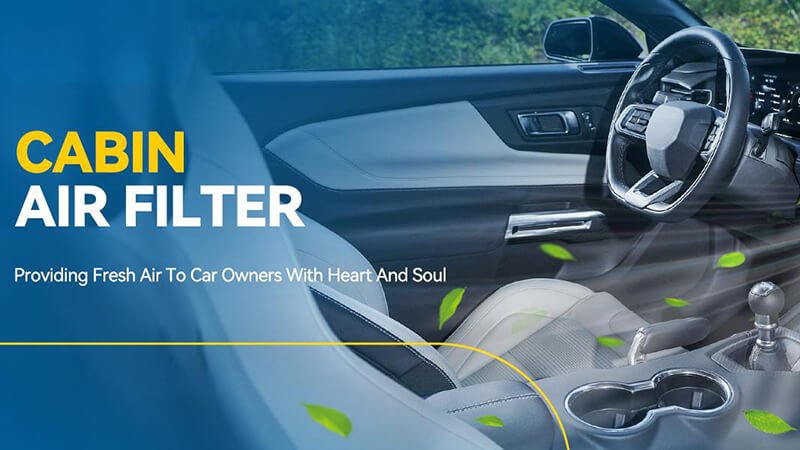
Can I just remove the cabin air filter?
Some people ask to pull the filter out. They want more air fast. They think the filter blocks too much. I understand the urge. But removal sends dust right into the HVAC box. That causes noise, smell, and risk to the blower and evaporator.
You can remove it, but you should not. Without a filter, debris hits the evaporator and blower, airflow becomes noisy, and odors return. A low‑resistance Runex Auto cabin filter keeps airflow high while it protects the HVAC and the people inside.
What happens when the filter is gone
Leaves fall into the cowl. Sand blows in. Bugs and fibers drift. Without a filter, all of it sticks to wet evaporator fins. The A/C box becomes a dirt trap. Mold grows. Smell returns fast after you turn off the A/C. Blower wheels get imbalanced by cottony dust. You hear a hum. You feel a buzz in the dash. Bearings wear. The motor draws more current and warms up. Failures rise. Repair costs rise too.
Airflow is not the real issue
People think removal gives more air. It can at first. But the evaporator clogs sooner. Then airflow drops hard. A good filter adds a small pressure drop7 that stays steady for a long time. A dirty evaporator adds a big pressure drop that you cannot fix without a teardown. So the short‑term gain becomes a long‑term loss.
The right way to get more air
I choose a cabin filter8 with low initial resistance and high dust loading. Runex Auto uses deep pleats and a smart pleat pitch. That spreads air across the media. The fibers hold an electrostatic charge9, so they catch fine dust without needing to be too dense. This keeps the pressure drop low. On carbon models, the carbon is a thin, even layer with high iodine value. It adsorbs odors without choking the media. The frame does not warp, so the seal stays tight, and air does not leak around the edges.
Field note from my log
In the fleet case, a few drivers pulled filters to get more air. Their vans smelled musty in a week. Fog clearing got slow. We found leaves on the evaporator and hair on the blower wheel. We cleaned the boxes, and we put in Runex Auto10 low‑resistance filters. Airflow stayed high. Smells did not return. The drivers stopped removing filters.
Choice set and guidance
| Option | Airflow now | Airflow later | Odor | HVAC wear | My advice |
|---|---|---|---|---|---|
| Remove filter | High for days | Low after fouling | Strong | High | Do not do it |
| Cheap dense filter | Low now | Lower later | Fair | Medium | Avoid |
| Runex standard | High now | Stable later | Good | Low | Good default |
| Runex carbon | High now | Stable later | Best | Low | Use in cities |
So I never remove the filter. I pick a better one. I keep airflow and protection. That is the smart trade.
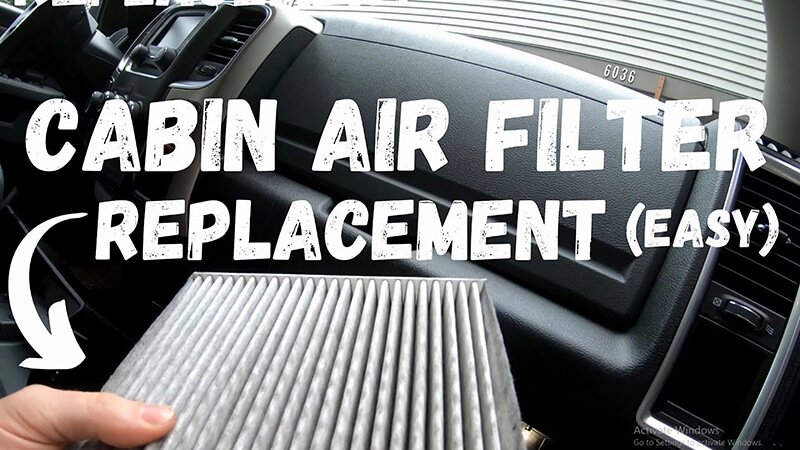
Does a new cabin air filter improve airflow?
Yes, it does. I measure this. A clogged filter makes the fan work harder. It sounds loud, but it moves less air. A new filter drops resistance. The fan breathes. The noise drops. The airflow to the vents and the windshield goes up.
A fresh cabin filter lowers pressure drop and restores vent flow. Runex Auto filters keep initial resistance low and rise slowly as dust loads. So drivers feel stronger airflow right away, and defogging speeds up, with less fan noise and less strain on the blower.
How I test airflow in simple ways
I do not bring a lab to a garage. I use a small anemometer at the center vent. I set the fan to the same speed each time. I log the reading in feet per minute. I measure static pressure upstream of the filter with a small manometer when I can. I also log blower current with a clamp meter. When I swap a clogged filter for a Runex Auto11 one, airflow goes up. Current often goes down. Noise drops a bit.
What the media and pleats change
Airflow depends on pressure drop12. Pressure drop depends on media density, fiber charge, pleat area, and uniform distribution. Runex Auto uses a high area pleat block. The pleat height and pitch are set to stop channeling, where air cuts a path and leaves other parts unused. The electrostatic layer catches fine dust so fibers can stay more open. This makes the filter “easy to breathe.” The rise in pressure as dust loads is smooth, not abrupt. So a driver feels stable vents for a longer part of the service life.
Why carbon filters can still flow well
People think carbon blocks air. It can if the layer is thick and uneven. Runex Auto uses a high iodine carbon with controlled loading. It gives good adsorption per gram. So we can use a thin, even coat. That keeps the flow path open. The result is clean air and strong flow. I use carbon in cities and tunnels. I use standard in clean rural routes.
A simple airflow model for buyers
If you think in numbers, think like this. Vent flow is a function of blower curve13 and system resistance. The filter adds a part of that resistance. If we lower the filter resistance by 20%, the system flow can rise by more than 10% if the blower sits on a steep part of its curve. That is why people feel a big change after a new filter, even if the old one looked only medium dirty.
Practical results and choices
| Situation | Symptom | What a new Runex filter changes | Driver feel |
|---|---|---|---|
| Clogged filter | Loud fan, weak vent | Lower pressure drop | Stronger breeze |
| Foggy glass | Slow defog | More air to windshield | Clear faster |
| City odors | Smell in traffic | Carbon adsorbs VOCs | Cleaner cabin |
| High fan load | High amps | Easier breathing | Quieter ride |
So yes, a new cabin filter improves airflow. The right design keeps that gain for a longer time, not just for the first week.

Conclusion
Cabin air filters14 do quiet work, but they matter. I choose Runex Auto filters because they keep airflow high, block fine dust and odors, and protect the HVAC box. If you want clean air and fewer repairs, set a simple change cycle, and fit a quality filter.
-
Understanding PM2.5 is crucial for recognizing its impact on health and the environment. Explore this link to learn more. ↩
-
Learn about the advantages of carbon cabin filters, including odor removal and improved air quality in your car. ↩
-
Understanding pressure drop is essential for maintaining optimal airflow and filter performance. Check this resource for insights. ↩
-
Explore how cabin filters improve air quality and comfort in vehicles, making every ride healthier. ↩
-
Discover the unique features of Runex Auto filters that enhance performance and save money. ↩
-
Find out how cabin filters can significantly reduce harmful PM2.5 particles for better health. ↩
-
Learn how pressure drop impacts HVAC efficiency and why maintaining it is crucial for your system's longevity. ↩
-
Understanding the role of a cabin filter can help you maintain air quality and HVAC efficiency in your vehicle. ↩
-
Discover how electrostatic charge enhances filter performance by capturing fine dust and improving air quality. ↩
-
Explore the advantages of Runex Auto filters for better airflow and odor control in your vehicle's HVAC system. ↩
-
Explore the advantages of Runex Auto filters for improved airflow and cleaner air in your vehicle. ↩
-
Understanding pressure drop is crucial for optimizing airflow; this resource will deepen your knowledge. ↩
-
Learn about blower curves to understand how they influence airflow and system performance. ↩
-
Find the best auto cabin air filter from Runex. ↩

